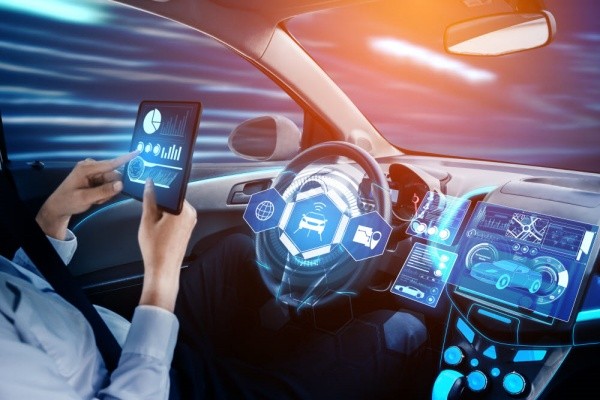While the “C-V2X” camp and “DSRC (Dedicated Short-Range Communications) by WAVE (Wireless Access in Vehicular Environment)” camp are in opposition against each other regarding what the communication method will be for South Korea’s next intelligent traffic system called “C-ITS (Cooperative Intelligent Transport System)”, the focus is also being shifted towards global trends.
V2X indicates communication between a vehicle and an object and it is a fundamental technology for autonomous driving as it allows information to be exchanged between a vehicle and a signal, a vehicle and an object, and a vehicle and a vehicle.
Out of standards for V2X communication, DSRC is a vehicular communication standard defined by the Federal Communications Commission (FCC) back in 2003. After the standard was established in 2010, it has accumulated many cases of demonstration over many years and guarantees a high level of stability.
Meanwhile, the C-V2X camp has been growing its size rapidly through a new technology.
C-V2X communication is a technology that optimizes cellular mobile network as vehicular network. The 3rd Generation Partnership Project (3GPP) standardized C-V2X technology that optimizes LTE network as vehicular network in 2017. Last year, the partnership completed the standardization of 5G-V2X technology.

The biggest strength that the C-V2X camp is emphasizing about its technology is “performance”. The camp, which is led by Qualcomm, believes that its technology that is based on 5G cellular networks will be able to overcome performance of DSRC that is based on W-Fi and roadside base stations.
Not only is latency of 5G-V2X communication is below 0.01 second, it also guarantees safety as it displays excellent performance even in a NLOS (Non-Line of Sight) setting where other vehicles or buildings block one’s view.
As a result, C-V2X technology is widely adopted by vehicular communication markets in foreign countries. The FCC made a headline back in October last when it announced a proposal that would eliminate use of the frequency band used for DSRC. China adopted C-V2X technology early in 2018 and it has been accumulating cases of demonstrating the technology. Because legislation of DSRC was voted down due to opposition from European countries such as France, more countries are beginning to adopt C-V2X technology.
Although South Korea still needs time and effort to accumulate cases of demonstrating C-V2X technology and to verify the technology, it is expected that processes of commercialization and resolution of various issues are expected to gain steam as top countries adopt the technology one by one.
Sharp opposition between the two camps also exists in South Korea.
Although the South Korean government made a decision back in July last year as part of the Korean New Deal to build C-ITS infrastructure on major roads that span 2,085 kilometers by 2022, its decision is still being postponed due to sharp opposition between the two camps.
Regarding this issue, Qualcomm stated that C-V2X technology will be able to save social and economic costs by 35% more compared to DSRC technology and that South Korea needs to hold logical and objective evaluations and discussions regarding C-V2X technology if wants to maintain its leadership in the global market for future cars.
Staff Reporter Kang, Hyeryung | kang@etnews.com